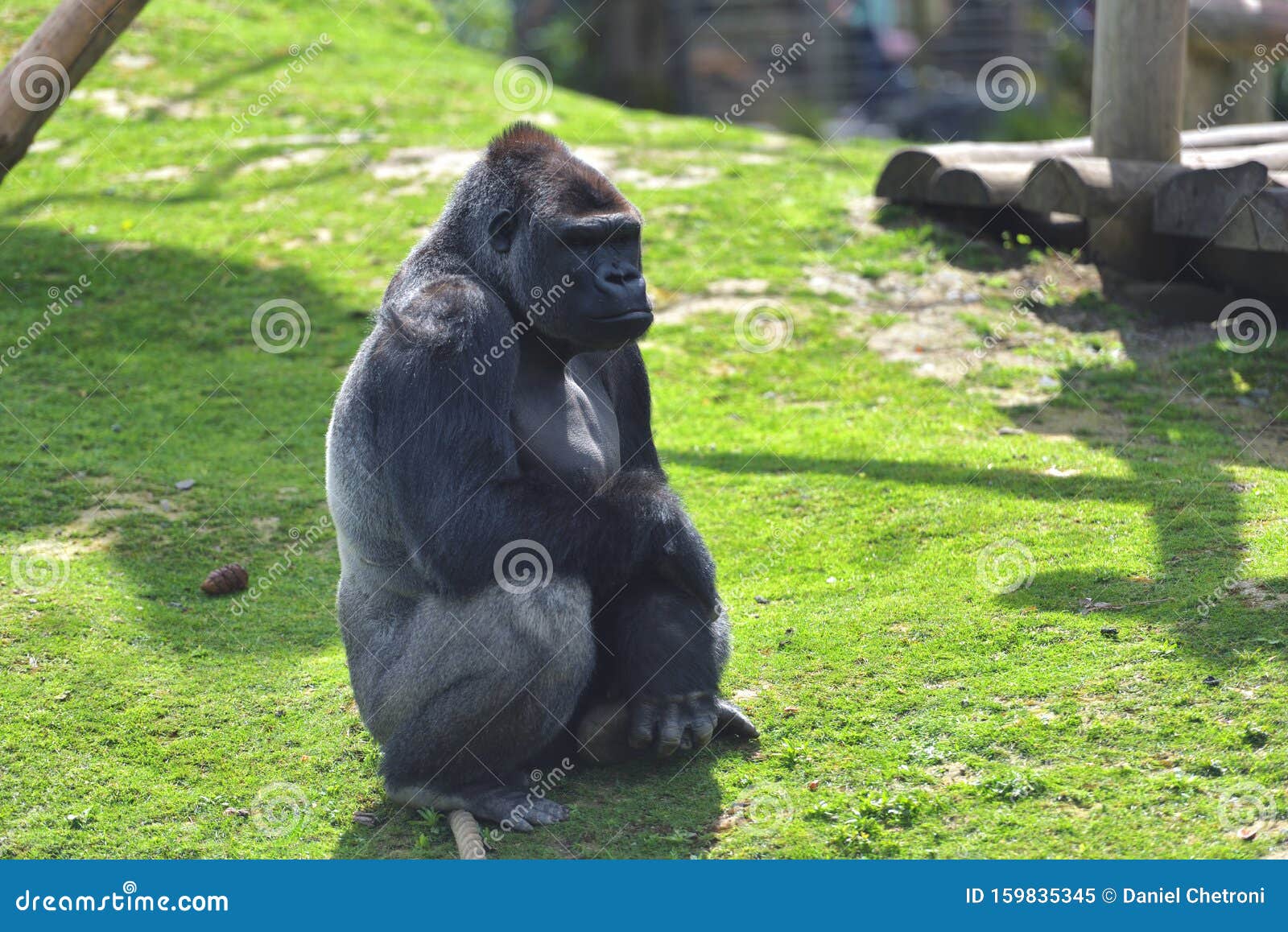

Further, it can be noted that studying concrete examples of situated cases of sustainable development eff orts in terms of biosphere reserves can contribute greatly to the ongoing discussion about which development approaches are seen as more or less sustainable. Th e fi ndings illustrate an ambivalence with regard to which approach to sustainable development is preferred, but there are striking parallels between the evolution of environmental commitment during the 20 th century and the changing profi le of BRs in general. It is against this background that a case study was carried out on the Lake Vänern Archipelago BR in Sweden, its tourism aspects and the interpretation of sustainable development.


It is therefore important to gain a better understanding of how sustainable development is interpreted and how BR stakeholders see the role of tourism over time.

Explicit or underlying development strategies are also in place when the concept is applied in practice. However, like all global concepts, the interpretation of sustainable development in BRs is fi ltered over time through national, regional and local conditions. Th e focus of BRs has centred on environmental sustainability, due to the concept's history in nature preservation. Tourism is generally supported in BRs, which also are meant to function as "learning sites of excellence to explore and demonstrate approaches to conservation and sustainable develop-ment" (UNESCO, 1996 p. In contrast to traditional nature protection strategies, UNESCO's Man and Biosphere Reserves (BRs) can be seen as a more pronounced perspective that includes nature, culture and sustainable development. These findings support the development of project and policy guidelines for WBE as a sustainable conservation-development strategy. This analysis supports the coupling of existing frameworks on wildlife tourism and socio-ecological systems to identify strategies likely to maximize positive conservation outcomes of WBE sites. Many successful mitigation strategies and best-practice recommendations were reported in the literature. Reported impacts were influenced by species characteristics and activities associated with WBE projects. The most common positive direct impacts were demographic changes at WBE sites. Negative behavioral impacts were the most frequently reported direct effects of WBE on wildlife. Exploitative practices and poaching were reported as most commonly reduced by WBE, while poaching and hunting were also cited as least frequently reduced. Findings demonstrate extensive and varied impacts of WBE on wildlife, including both indirect impacts related to the reduction of threats, and direct impacts resulting from the tourism activities themselves. Using content analysis techniques, this study analyzes ecological, socio-political and economic management contexts of 208 recent WBE case studies. Few studies have synthesized existing data and made recommendations that can be directly applied to existing wildlife-based ecotourism (WBE) enterprises. Ecotourism is often touted as a “non-consumptive” use of biodiversity, even in light of existing literature that shows detrimental impacts of tourism on wild populations. Ecotourism, a subset of tourism aiming to benefit both livelihoods and the environment, is a growing sector of the travel market, generating significant revenue and affecting socio-ecological systems at a global scale.


 0 kommentar(er)
0 kommentar(er)
